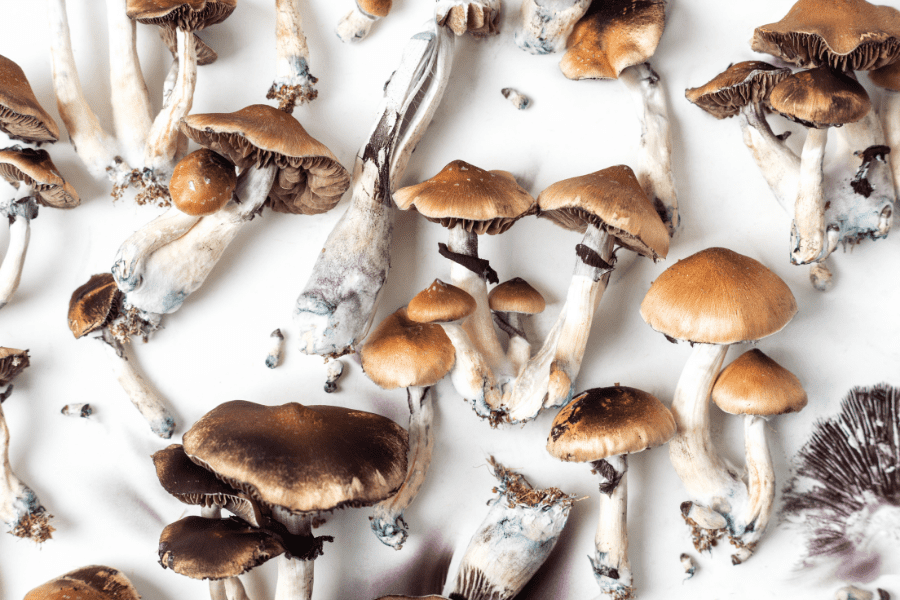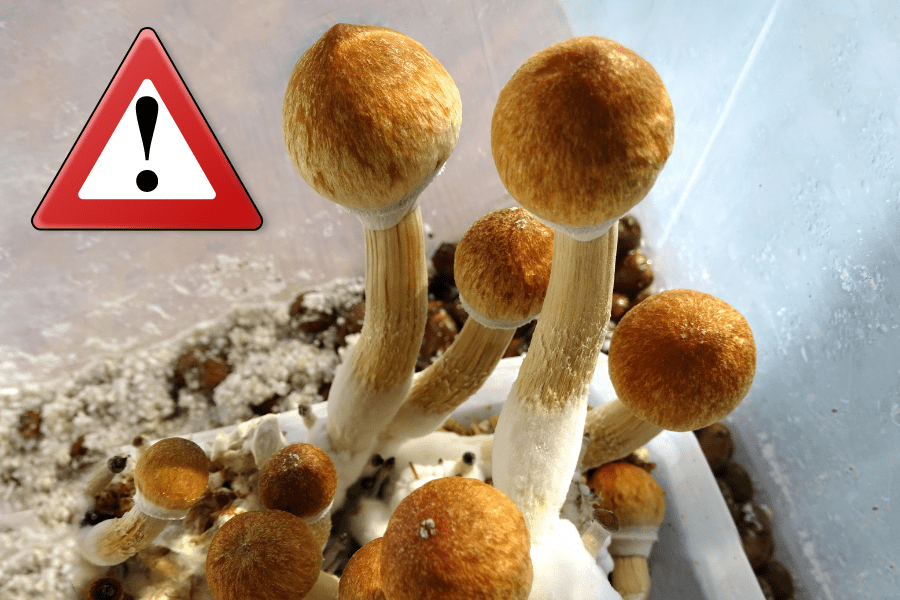7 Interesting Facts About Shrooms

What are Shrooms?
Magic mushrooms belong to a group of fungi that are not commonly available in grocery stores like other mushrooms. These mushrooms are not actually “magic” although the experience they can provide can usually be described this way. According to the Government of Canada, they contain a substance called psilocybin which can alter one’s state of mind. Psilocybin is present in the caps and stems of more than 200 different mushroom varieties and falls under the category of hallucinogens or psychedelics, as noted by The Centre for Addiction and Mental Health.
What’s the History of Shrooms?
Indigenous people throughout the world, including those in Europe and both North and South America, have long used psychoactive mushrooms for ceremonial and medical purposes. However, their popularity surged in 1957 when R. Gordon Wasson, an American banker and mushroom enthusiast, was featured in a photo essay in LIFE Magazine. During a vacation in Mexico four years earlier, Wasson discovered an indigenous tribe using psychoactive mushrooms and brought back a sample that he sent to the Swiss chemist, Albert Hofmann, known for discovering LSD. Hofmann isolated psilocybin, and his lab at Sandoz Pharmaceuticals developed a synthesis for the drug, producing 2 mg pills for research purposes.
For the following two decades, psilocybin was administered in clinical experiments with thousands of doses. Psychedelics like psilocybin were viewed by mental health professionals, psychiatrists, and scientists as possible treatments to support therapy for a variety of psychiatric diseases, including alcoholism, schizophrenia, autistic spectrum disorders, obsessive-compulsive disorder, and depression. Psilocybin mushrooms and other psychedelic substances were also frequently used in spiritual or religious rituals, to investigate one’s mental and emotional states, or to improve creativity and well-being.
Despite the ongoing research into its therapeutic and medical benefits and the long history of use, psilocybin and psilocin were classified as Schedule I drugs under the Controlled Substances Act in 1970. This is the most severely criminalized drug category reserved for drugs with “high potential for abuse” and “no currently accepted medical use,” though there is ample evidence to the contrary for psilocybin.
Are Shrooms Addictive?
Psilocybin is not regarded as addictive and often does not result in obsessive usage. The strong psilocybin experience can be physically and intellectually taxing, which may lead people to limit their use as one contributing reason. Additionally, after just a few days of recurrent usage, the body quickly becomes tolerant to psilocybin, requiring greater dosages to produce the same effects. This makes it challenging to experience any effects after using psilocybin for more than four consecutive days.
Moreover, LSD and psilocybin share similar brain receptors, leading to cross-tolerance. Thus, if someone takes LSD on one day, the effects of taking psilocybin the next day are likely to be reduced.

How Do Shrooms Feel?
If you take shrooms you may begin to feel their effects within 30-45 minutes after ingestion, which can last for up to six hours. The experience can vary depending on several factors, including the strength of the dose, the quantity of mushrooms taken, and frequency of use, mood. Additionally, there are methods that are used in order to make the onset of shrooms much faster such as the infamous lemon tek or brewing a shroom tea.
Mentally and emotionally, individuals may experience heightened emotions, happiness, excitement, creativity, laughter, and hallucinations (seeing or hearing things that are not present). They may also experience confusing senses, such as seeing sounds or hearing colors, an altered sense of time combined with spiritual awareness.
Physically, magic mushroom use may cause light-headedness, clammy hands, an increased heart rate, increased blood pressure, dry mouth, nausea, sweating, dilated pupils, and diarrhea.
How Dangerous are Shrooms Compared to Other Drugs?
Psilocybin has very low toxicity, and incidents of death are extremely rare. However, since the 1960s, the media has sensationalized psychedelic-related deaths, incorrectly attributing the role of substances like psilocybin in causing suicide or accidental death. However, the research is quite contrary, suggesting that psilocybin can cure multiple mental health disorders as well as lower suicide ideation in people with depression.
The risks associated with psilocybin use depend on two factors, set, and setting. Unlike benzodiazepines, opioids, or alcohol, which have predictable physiological effects, psychedelics such as magic mushrooms can affect you differently depending on your stream of thoughts and the setting in which you are in. Keeping this in mind it’s important to always approach psilocybin with a positive mindset in the environment you feel comfortable in.
What Drugs Should Not Be Mixed With Psilocybin
Although psilocybin is normally not dangerous, its potent effects can be harmful when used with certain medications. For example, mixing Psilocybin with oxidase inhibitors (MAOIs), selective serotonin reuptake inhibitors (SSRIs) and lithium can lead to serotonin syndrome which can eventually be life-threatening.
On the other side, combining it with alcohol or stimulants like amphetamines or cocaine poses a risk due to the likelihood that it may cloud your judgment and raise the possibility of mishaps and injury. Also while consuming stimulants your heart rate will be elevated increasing the risk of cardiovascular complications.

Are There Any Long-Term Negative Effects
Despite having minimal physical toxicity, psilocybin mushrooms can have modest physiological effects such as an elevated heart rate and dilated pupils. The psychological symptoms of anxiety, panic attacks, paranoia, and mood swings may be made worse by these physical side effects. Long-lasting physical consequences are uncommon and can be brought on by underlying psychological issues.
The uncommon syndrome known as “flashbacks,” or hallucinogen persisting perception disorder (HPPD), can result in perceptual alterations that continue for weeks or months after consuming a psychedelic substance like psilocybin. Although there is no corresponding physical or neurological harm.